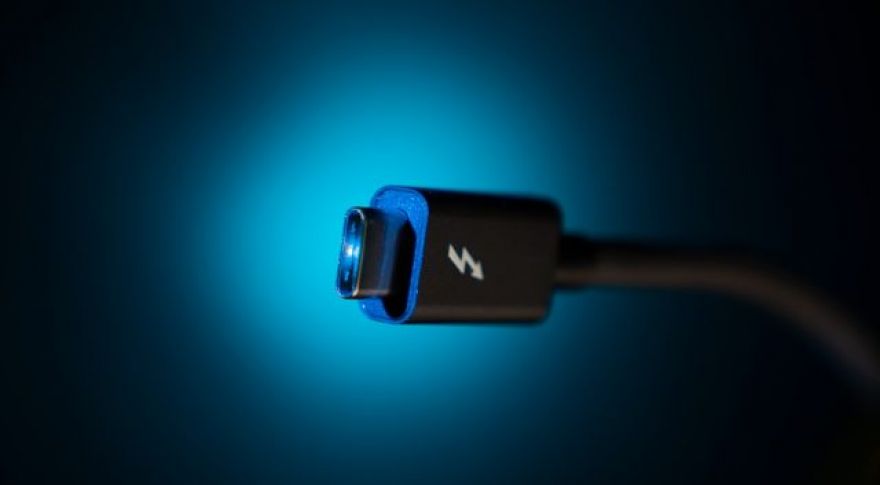
One Standard to (Maybe) Rule Them All: Intel Debuts Thunderbolt 4
About five years ago, the computer industry brought forth a new USB cable standard, conceived with the best of intentions and dedicated to the proposition that all ports should be equal. Then, all hell broke loose.
In perhaps the most perfect example of getting exactly what one asked for (which wasn’t at all what anybody wanted), the USB-IF working group created USB-C, a truly universal cable standard, with a dizzying number of internal implementation options and a very real problem: Plugging the wrong cable into your USB-C device can literally .
Five years later, Intel is cleaning up the implementation mess of USB-C, at least in part.
While this doesn’t get us back to the happy era of knowing a micro-USB cable was a micro-USB cable, it at least offers a version of it. Of course, this does depend on USB4 / TB4 devices becoming available, which is going to take a little while.
Intel is launching TB4 with Tiger Lake, its upcoming refresh to the 10nm Ice Lake platform. Tiger Lake has been generating some positive buzz about its expected performance, both on CPU and GPU, but we don’t have firm details on the platform yet.
The new JHL8340 and JHL8540 are codenamed Maple Ridge, while the device controller is Goshen Ridge. Power and size requirements are apparently largely identical to TB3, and the first Tiger Lake devices to carry the standard are expected to also be part of the Project Athena program.
Unfortunately, at least for now, TB4 looks like it might be an Intel-only technology. While you can buy AMD motherboards with Thunderbolt support — it’s rare, but it exists — TB4 is going to require DMA protection and Intel achieves this using its own Intel VT-d (Intel Virtualization Technology for Directed I/O). VT-d is not an open standard and Intel’s own slide states that the technology is required to enable TB4.
TB4 offers a respite from the cable conundrums of USB-C and the so-bad-it-feels-deliberate branding of the USB-IF. “USB 3.2 Gen 2×2” is the kind of branding only a motherboard OEM could love. What we’re less-than-excited about, however, is the apparent lack of support for AMD implementations.
Thunderbolt is an Intel technology and Intel has the right to build standards that are only available for its own chips. Thunderbolt availability on AMD hardware has always been the exception, not the rule. At the same time, however, the USB-C ecosystem is something of a trainwreck and connectivity standards always do better when supported by multiple companies and hardware platforms. Nvidia has shipped ray tracing-capable GPUs since 2018, but it’s no accident that the feature is being talked up far more in 2020, now that AMD will be bringing its own compatible hardware to the console and PC GPU markets.
If Intel wants TB4 to become a universal standard, at some point, it’s going to have to share enough of the tech to allow other companies to create compatible implementations.
Now Read: